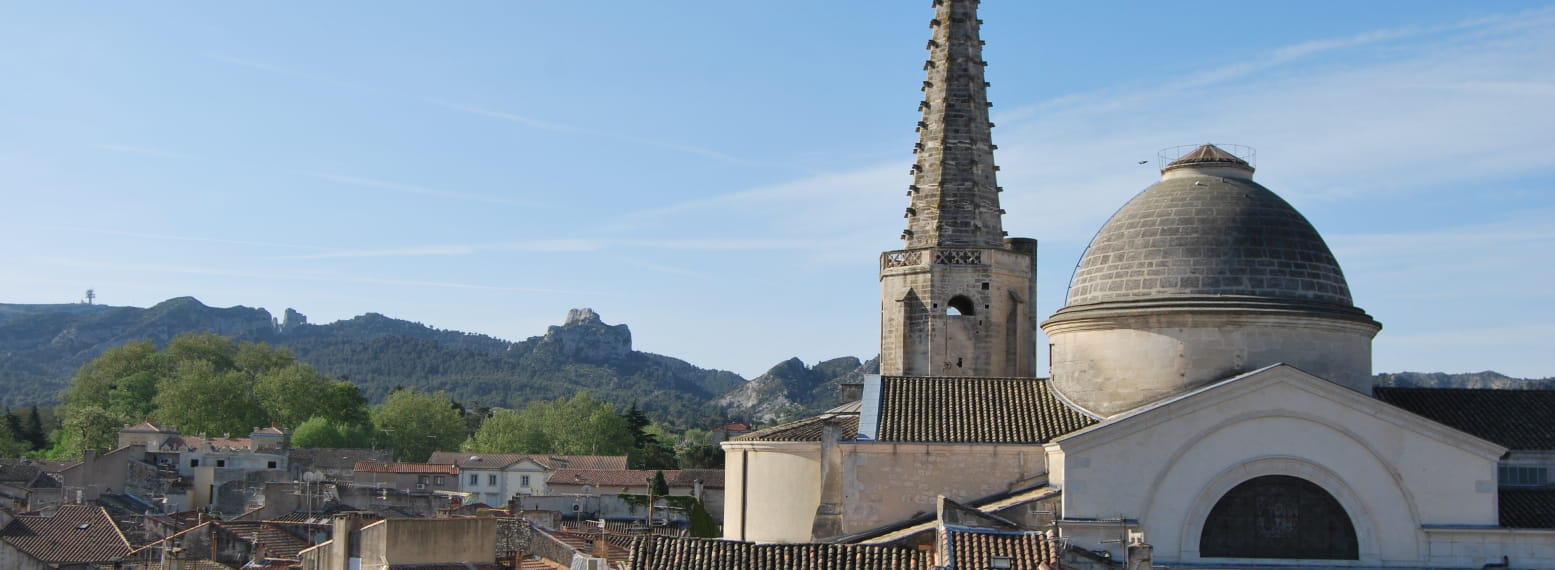

Saint-Rémy-de-Provence was the birthplace of a person famous the world over for his predictions: Michel de Nostredame, better known as Nostradamus.
The ‘Provençal magus’ was born in 1503 in the family home at 6 rue Hoche, in the old town. Visitors can identify his birthplace by a note on the wall of the house. First, Nostradamus spent his childhood in the Alpilles before studying in Avignon and then at the Faculty of Medicine in Montpellier. From an early age, he was fascinated by the heavens and developed a good knowledge of astrophysics. The stars and celestial stars already held no secrets for him. He practised the unrecognised profession of apothecary and created remedies, for which he was expelled from the Faculty.

After losing his wife and 2 children to a plague epidemic, he travelled extensively in France and Italy at the height of the Renaissance.
In 1546, Provence was hit by another plague epidemic. Nostradamus travelled to Aix-en-Provence where he developed his ‘poudre de senteur’, which he defined as a plant-based preventive vaccine. The town celebrated Nostradamus, who remained at the bedside of the people of Aix. His visit to the town is recorded in the municipal archives.
In 1547, he married a young widow from Salon de Provence (formerly known as Salon-de-Craux), who gave him 6 children. César, the eldest, become his famous father's biographer.

At the same time, he developed an interest in the divinatory arts and astrology, and in 1550 he published his first Almanac with predictions. That was the same year that Nostradamus' name and reputation reached Queen Catherine de Médicis. She had read the predictions involving the royal family in the Almanach and invited the Provençal astrologer to the Château de Blois.
In the midst of the Inquisition, Nostradamus feared for his life, but the Queen appreciated him and was reassured by his presence at her side. Catherine de Médicis, an enthusiast of the occult sciences, regularly consulted Nostradamus, who even drew up the birth chart for each of her sons. When asked about his divinatory method, he replied that he judged the future according to the position of the planets.

The lion young the old will overcome - In field bellique by singular duel, - In cage of gold its eyes will burst to him, - Two wounds one, then to die, cruel death.
This ominous prediction proved troubling when, during a joust in Paris in 1559, King Henry II confronted the young Count of Montgommery. Montgommery lost control of his lance, which violently injured the king’s eye, the visor of his helmet having been raised at the time. The king died 10 days after the fatal tournament. Sceptics dismissed the event as a mere coincidence, while disciples saw it as tangible proof of an innate gift.
He was also interested in chemistry, and his work "Traité des fardements et confitures", published in 1555, remains less well known to the general public than his famous Centuries. In this book, Nostradamus teaches how to ‘preserve small limes and whole oranges, quince quarters with sugar, syrups and candied pears’. Lilamand, the emblematic confectioner in Saint-Rémy-de-Provence since 1866, applies the confectionery method created by Nostradamus four centuries earlier. This unique know-how has made this craftsman famous.
A lesser-known aspect of Nostradamus also reveals that he had developed recipes aimed at improving hygiene and health. He was responsible, for example, for a medieval model of toothpaste and also devoted a book to creams and ointments for the face and hair dyes.


Nostradamus died in Salon-de-Provence on 2 July 1566, victim, according to observers, of heart failure. Legend has it that the day before, he predicted his death by telling his servant: ‘Tomorrow I will be no more’. And his grim prediction proved him right when his devoted valet found him lifeless in his study the next morning.
His tomb can be seen in the church of Saint-Laurent in Salon-de-Provence.
In the historic centre of Saint-Rémy-de-Provence, you can discover a fountain dedicated to the author of the Centuries at the corner of rue Carnot and rue Nostradamus. There is also a colourful fresco of Nostradamus and a zodiac on the façade above the Maison du Bon Café on Boulevard Mirabeau.
Saint-Rémy-de-Provence is proud to be the birthplace of this world-famous philanthropist and man concerned about the future of humanity.
Text by Delphine Rusquart